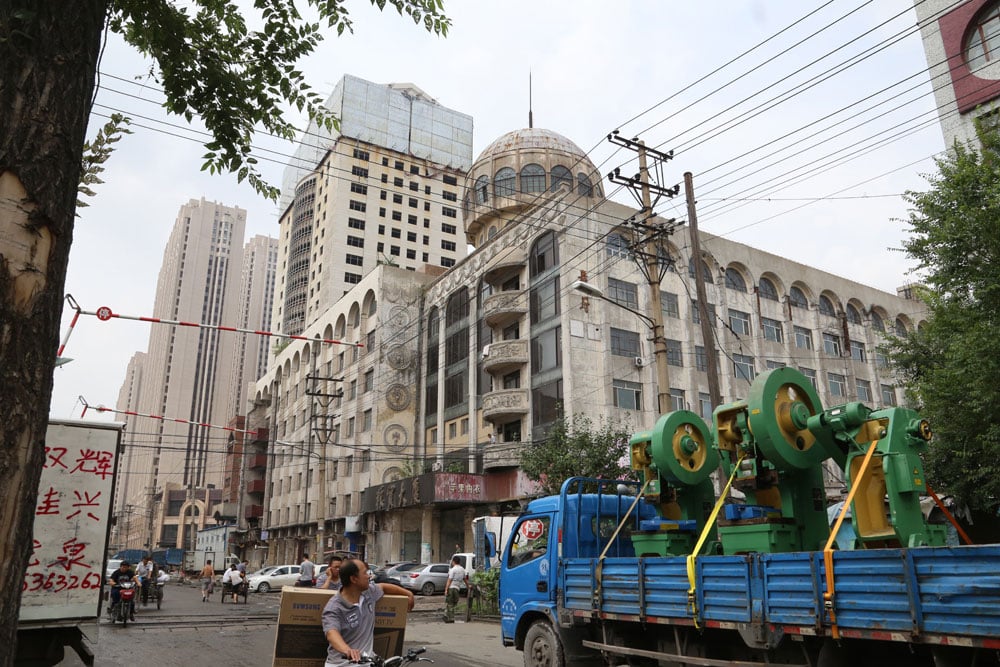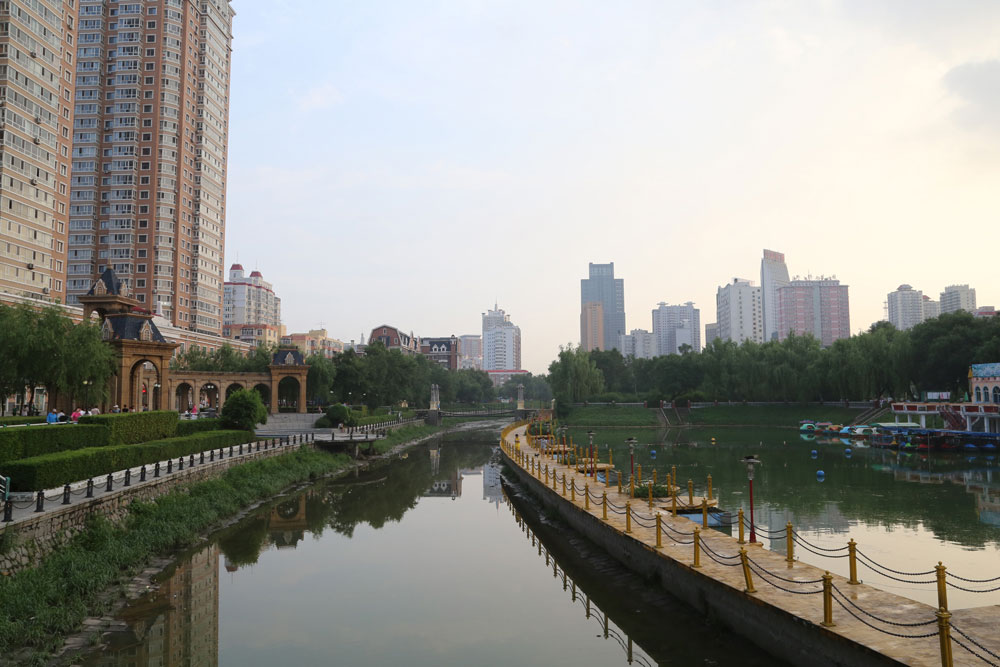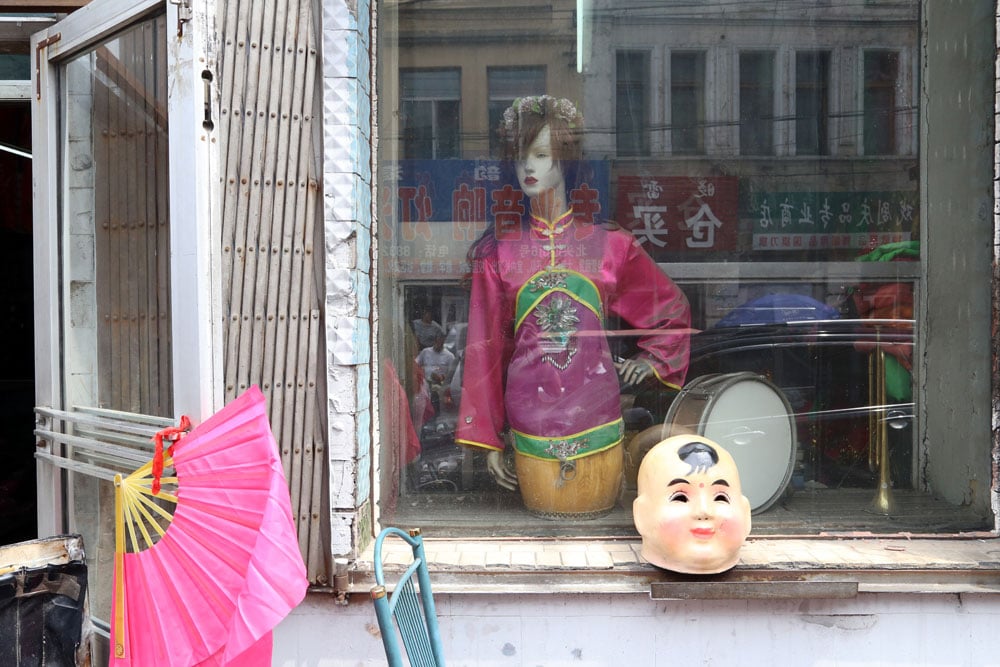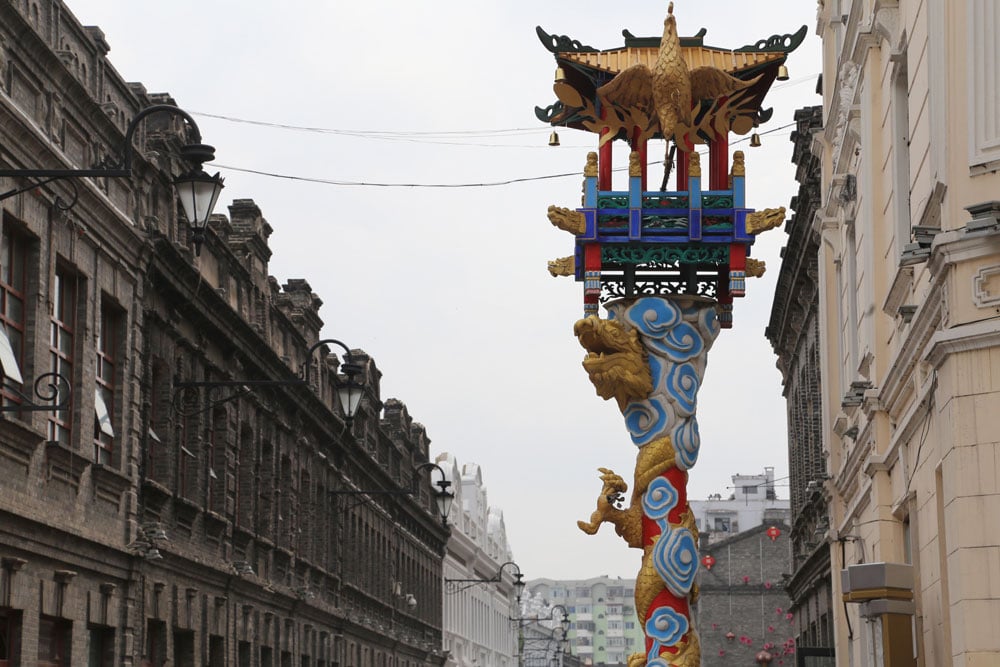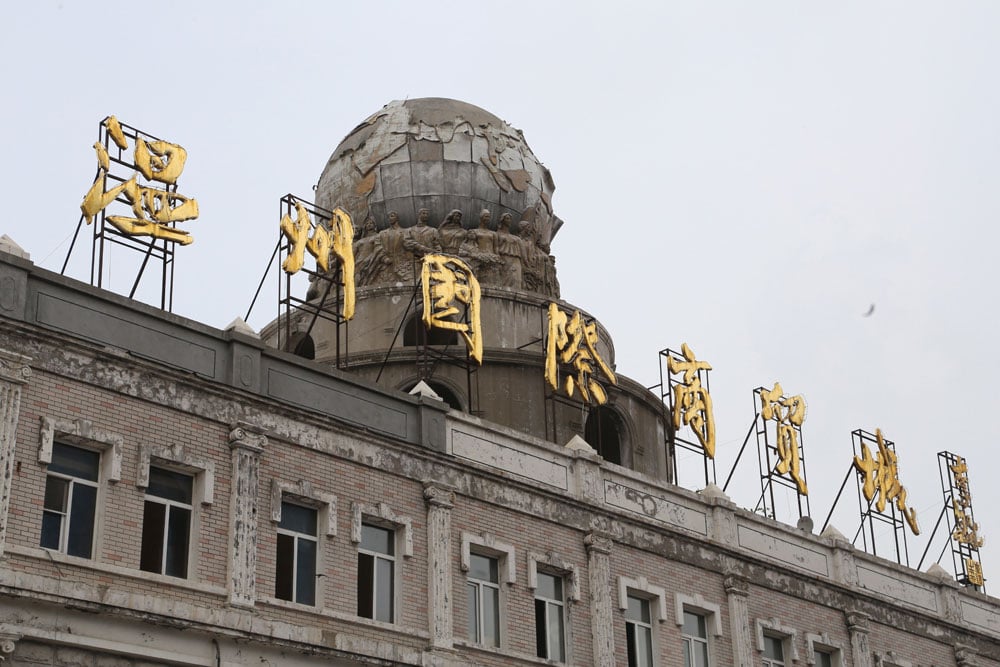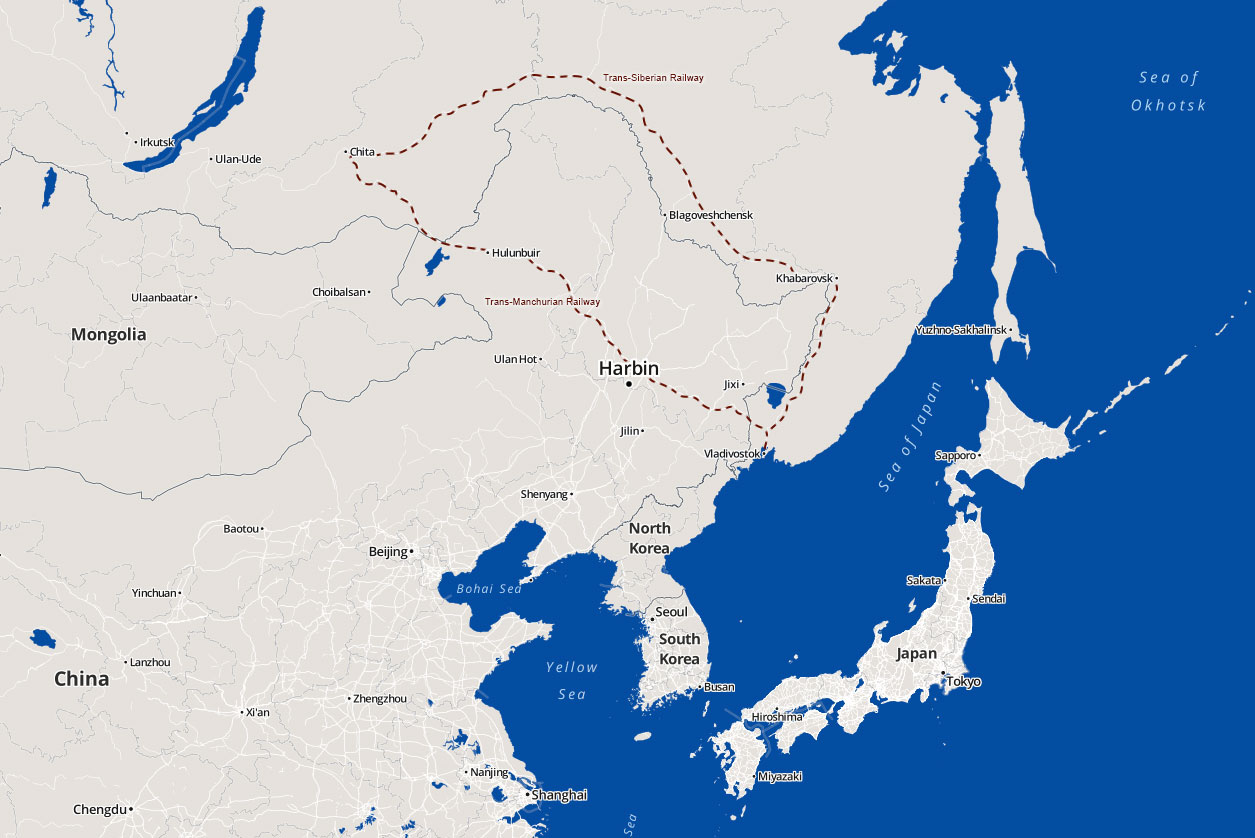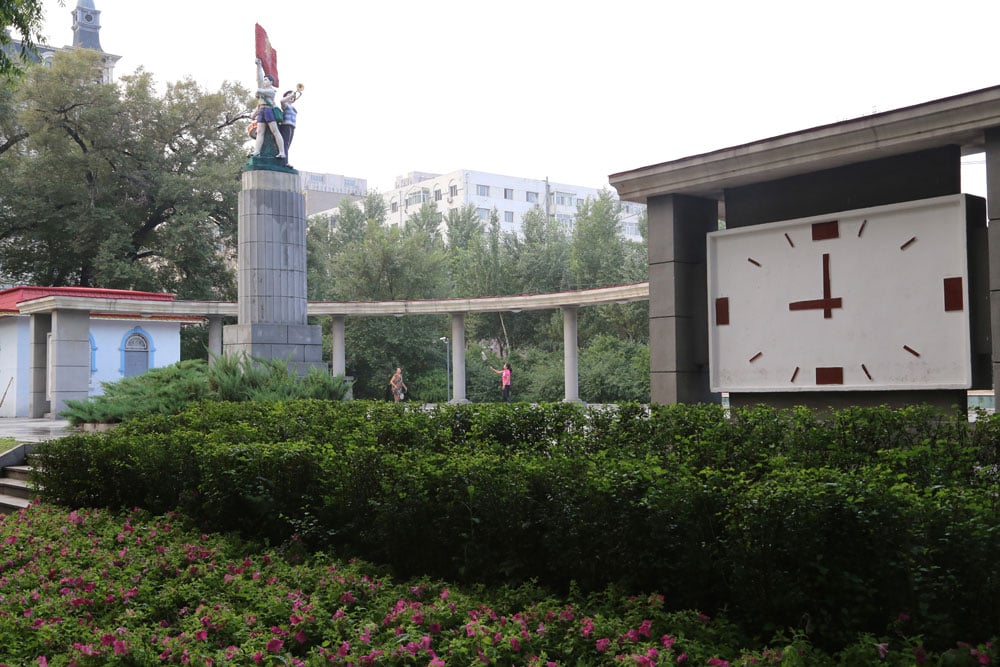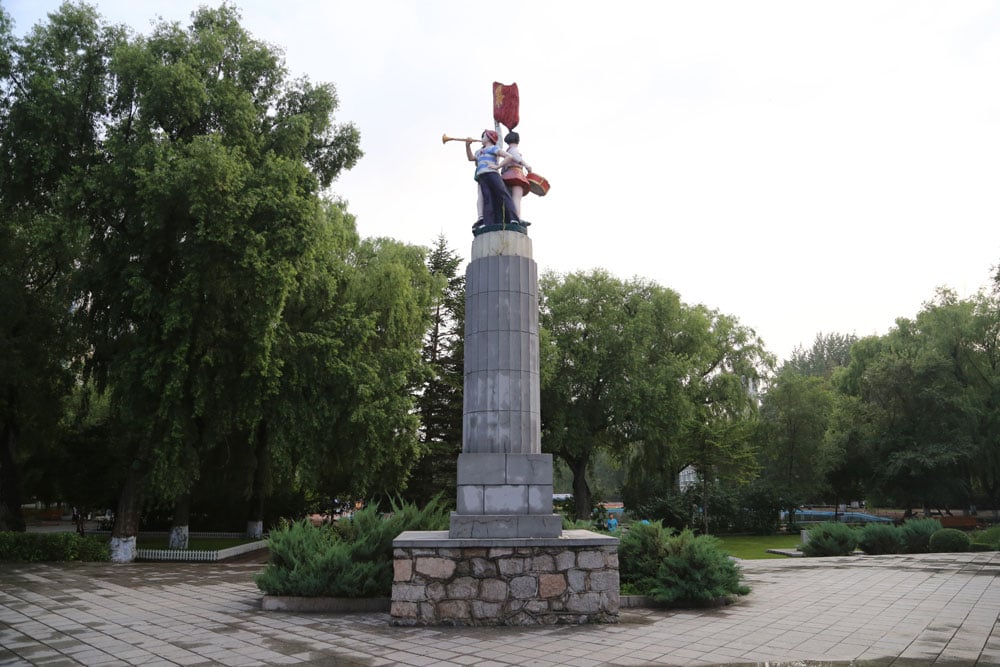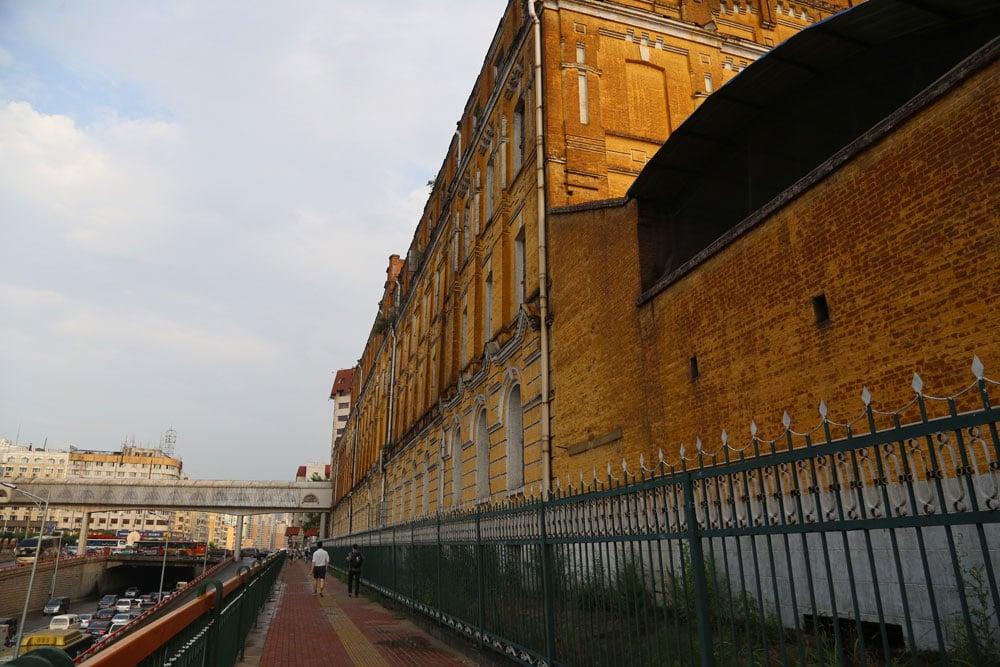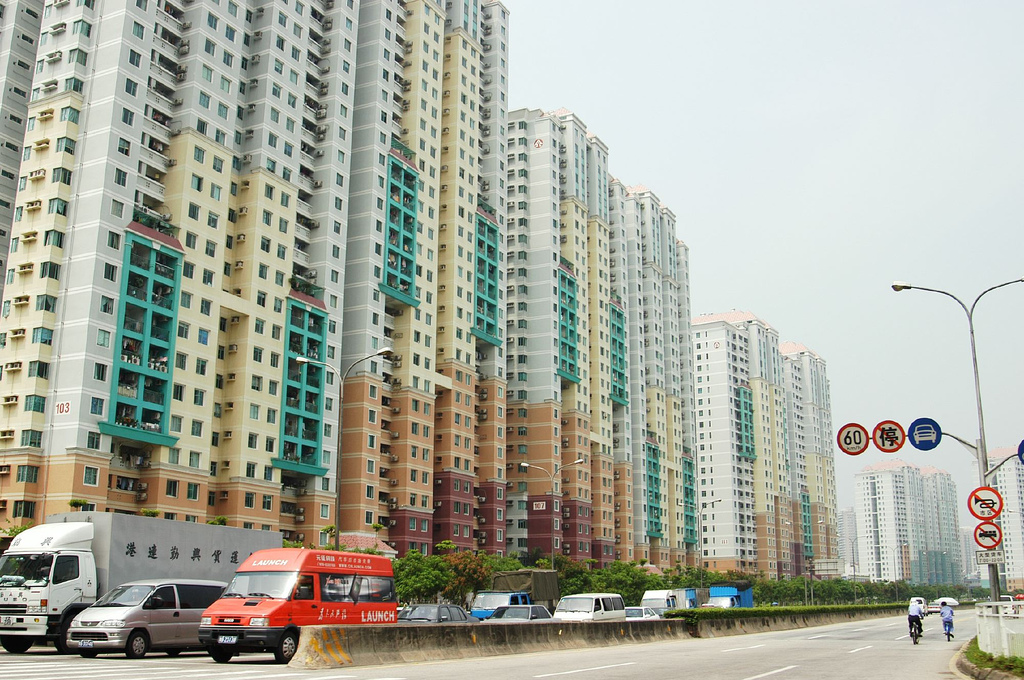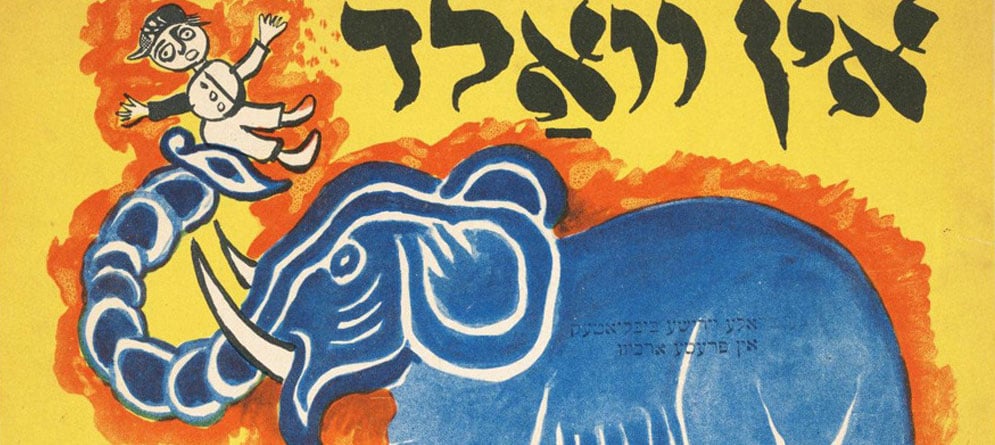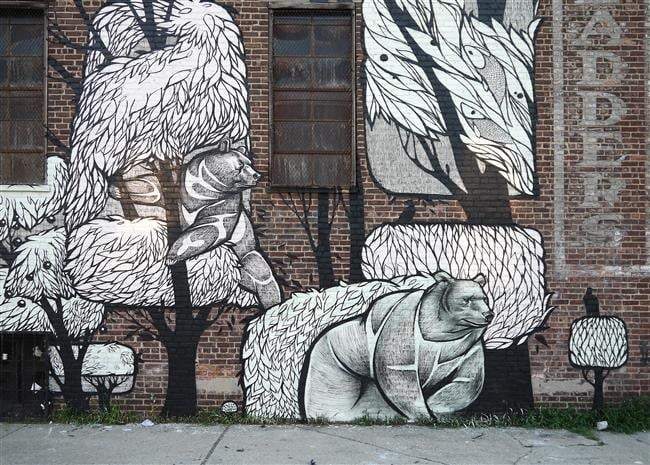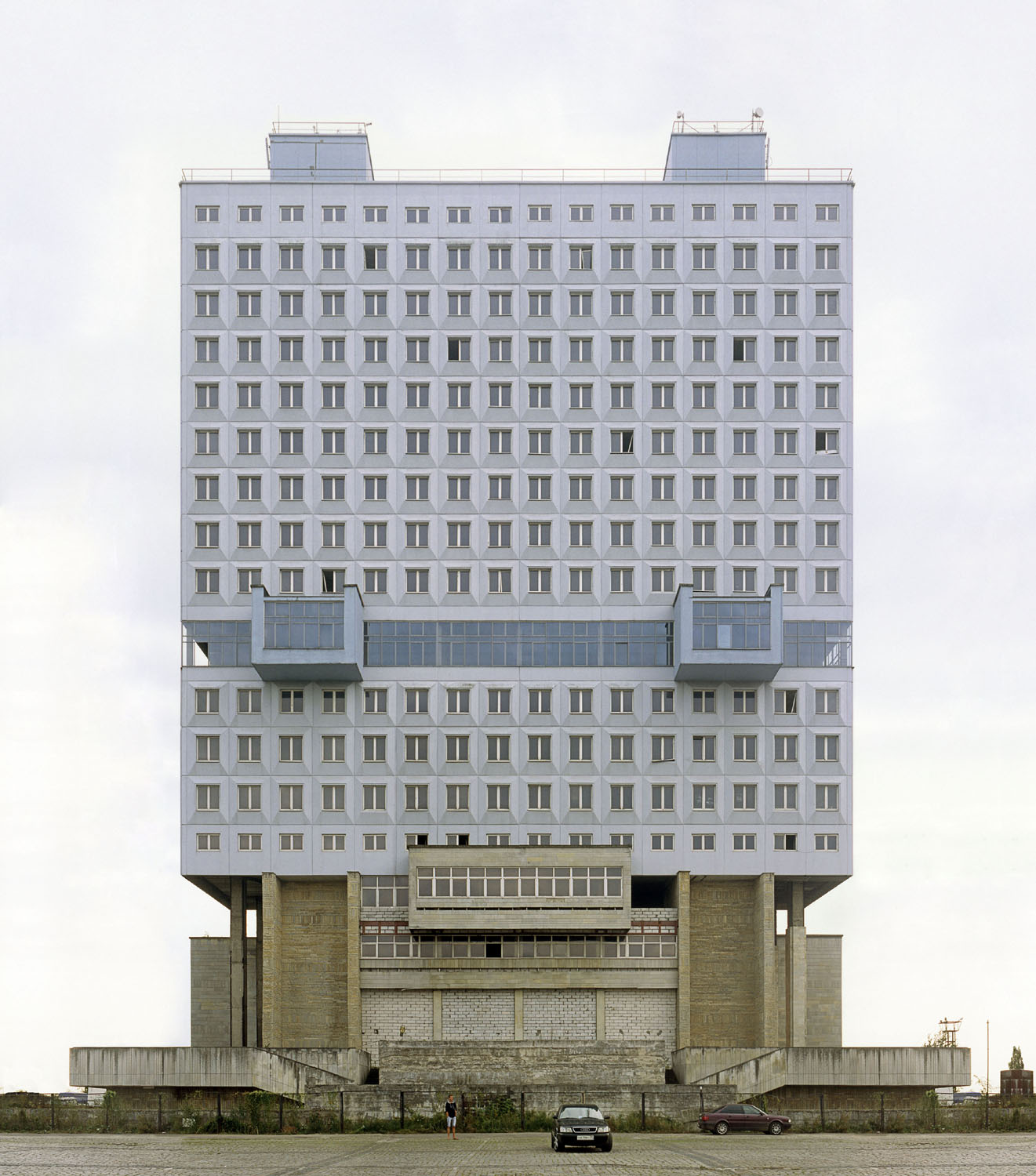Ghost town: searching for remnants of Russia in the Chinese city of Harbin
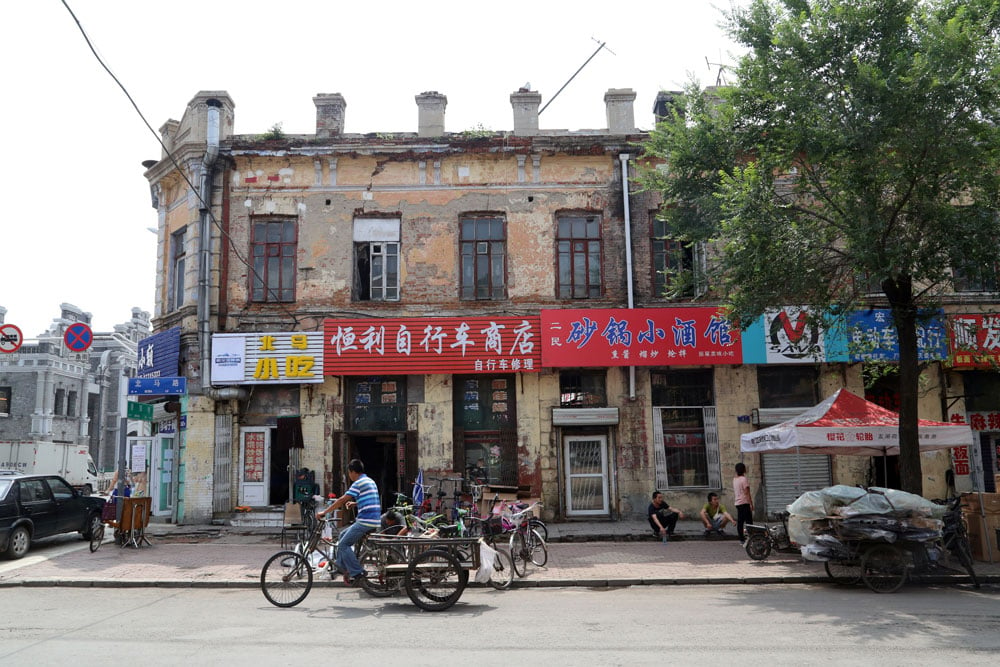
The city of Harbin in north-eastern China was once a thriving, cosmopolitan centre for Russian culture. Jacob Dreyer went there in search of this unique historical legacy, but found something very different
It is not rare for a civilisation to abruptly falter, give way and fold into a new one. This insight seems obvious in the territories of the former Soviet Union — a universe transformed into a memory overnight. It is more rare that one settlement transforms into another, that a city turned ruin continues to be inhabited, that the collapsing buildings and boulevards stained by a thousand footsteps, after the apocalypse, host new forms of human life, new memories. Harbin, in the far north-east of China, used to be a very Russian metropolis. Once called the Paris of the east — although it’s not the only contender for the title — it was a haven for political refugees, fascists, Bolsheviks, painters and poets. Now, all that is gone.
Not quite all: traces of the old city do remain. Russian writing adorns the walls; St Petersburg-style pastel-coloured buildings line boulevards where they sell black bread and sausage; the nostalgic Russian song Moscow Nights plays everywhere. But these are just traces: this is now a thoroughly Chinese city of some nine million official residents (but most likely many more) — Han Chinese, Mongol and Manchu. Russians are visitors here, in the ashes of a great Russian city. They wander dejectedly through beer gardens, on their way to trade delegations, or maybe to nightclubs where they are paid to dance.
How did Harbin happen? It was founded by Russian colonists in the late 19th century, heyday of the Russian Empire, on the banks of the Sungari River inside the territory of the Chinese Empire. A forbiddingly cold location, it was part of the homeland of the Manchurian ethnic group, the founders of the Q’ing dynasty. The whole area was legally off-limits to ethnic Chinese settlers until late in the 19th century, and remained a largely empty terrain of nomads and, occasionally, bandits and criminals. The existence of Harbin, like that of cities such as Vladivostok or Novisibirsk, represented the penetration of the Russian culture into the heart of the north through technology: in Harbin, before anything else, there was a train station. In 1898 China had granted Russia the right to build a shortcut on the Trans-Siberian Railway across Manchuria, from Chita to Vladivostok. The building of the railway brought engineers, and then refugees, White Russians, smugglers, tricksters and soldiers who shot at random out of the train window at the Asian men they saw trudging through the snow. These men and their ancestors would later be known in Russian as KVZhDisty — “people of the Chinese Eastern Railway”.
Harbin was among the most cosmopolitan, multi-ethnic cities of the Russian empire, without rival in the Far East
At the same time, due to the disastrous mismanagement of the Q’ing dynasty — this was the last decade of the Chinese empire — the peasants of Shandong and Hebei provinces were driven out by famines and overpopulation, north across loose borders, in search of a frontier of their own. The Chinese settlement of Manchuria was very distinct from the Russian one, however. The latter was managed by politician and industrialist Count Witte — a testament to the strength of the state. The Chinese migration, in contrast, was a population flood inspired by social dysfunction, attesting to the collapse of the Chinese state; these migrants came to Harbin as a port of last resort.
A city flourished and grew in this most unlikely of refuges. For three decades, early 20th-century Harbin was among the most cosmopolitan, multi-ethnic cities of the Russian empire, without rival in the Far East. It had grand boulevards named for Russian writers, onion-domed churches, large businesses… After the Revolution, Harbin became the home to a unique culture — that of the exiled White Russians, driven out by the Bolsheviks’ Red Army. It is perhaps a historical curiosity that the Russian Fascist Party, the first Russian ethnocentric fascist political organisation, was founded in Harbin, where they smashed synagogue windows and hassled Jews staying in the Moderne Hotel through the early 1930s. Like Shanghai, Harbin, city of no passports, was a home for Russian Jewish culture — now preserved in a Jewish Culture Archive in the barely used Harbin Synagogue (which doubles as an architectural history museum) and in Heilongjiang University’s Sino-Israel Archive.
Harbin’s poshest district, now called Daoli, was once populated by boulevardiers, churches and shops for Russian foods. Even to this day, Harbin is one of the only places in China where bread is an everyday food (even the local word for bread here is borrowed from Russian). A hundred years ago, in cosmopolitan Harbin, the Chinese lived in Daowai, a dangerous enclave that was periodically locked off from the remainder of the city, for instance during epidemics.
Harbin timeline
1898-1926: Controlled by Russia via the Chinese Eastern Railway
1926-1929: Chinese city council with Russian members
1929-1931: Controlled by warlord Zhang Xueliang
1931-1945: Japanese control
1945-1946: Soviet Red Army
1946-present: Controlled by the Chinese Communist Party
By 1926, however, the city council came to be dominated by a majority of Chinese tradesmen. In truth, the Russians had lost compelling power when their homeland changed into a new nation. Harbin entered a period of violent contestation: Chinese warlord Zhang Xueliang took over the China Eastern Railway in 1929, which was followed by a Japanese invasion of Harbin in 1931. The period of Japanese domination lasted until the Soviet Red Army came in 1945. These decades saw the daily life of the city become increasingly gruesome: when the Japanese took over, they started sweeping Russians and Russian Jews off the street to be used as human subjects in the infamous Unit 731, a covert army chemical and biological weapons research facility which undertook brutal experiments on living victims. Most families forbade their children from being outside after 5pm.
The 1949 victory of the Chinese Communists began in Harbin. This was logical enough: this city of outcasts, the poor, and the criminal would always have a special resonance for the party. But this victory also marked the end of Harbin as home for those who couldn’t fit in in Soviet Russia, both because it was Communist, and because it was decidedly Chinese. Decades rolled by, and the last Russians desperately sought to emigrate to Australia, Israel or wherever would take them. The USSR itself turned against Stalin, while in Harbin lovers sat on benches in riverside Stalin Park.
The only traces of “Russian-ness” are objects which can be purchased, foods, souvenirs, clothes
The lost Harbin Russians… The last two passed away in the 1980s: one in a hospital for the mentally ill; the other, a Jewish lady who had lived by herself for decades, even as the streets echoed with the hoarse, bloody shouts of the Cultural Revolution, died alone in her bed, under which were stuffed archival fragments and decaying photographs.
At the same time in the 1980s a new order came to China, one which welcomed western (and Russian) culture once it had been converted into commodity form. With it came a Harbin with no Russians, but plentiful matryoshka dolls, bottles of vodka and fur hats, as well as grand apartment buildings painted in the hues of St Petersburg and statues of Russian poets. But it was only when the Soviet Union dissolved that the Russians themselves started trickling back, this time as businessmen looking for new markets, as prostitutes, and as the parents of children whose diseases couldn’t be treated in Russian hospitals except at a prohibitive price.
A visitor to Harbin will see Russians in fashion advertisements and Russians in hotel bars, Russian writing on the walls and Russian songs played by saxophonists in the street. This world, however, is a Chinese one: the billboards in the suburbs may feature blonde Russian women, but “Harbin welcomes you” is written in Mandarin. The Russian history of this place now exists only as a recuperated, commodified component of the city’s “urban branding,” alongside the park for endangered tigers and the ice sculpture festival. The Russian culture which created Harbin is still very much on display, but absent of a significant Russian population, an everyday life has disappeared, and the only traces of “Russian-ness” are objects which can be purchased — foods, souvenirs, clothes.
The symbol of this commodification is “Russian Village” — a fake Russian settlement in the Sun Island pleasure park, replete with ersatz versions of Russian architecture. It’s a sort of ethnographic theme park like the one in Jia Zhang Ke’s film The World (2004), in which major world destinations are reconstructed in China. In this village, Harbin natives can pay to get their picture with a “real Russian”, in the heart of a former Russian town. But this contact is empty. What is Russia? What was Russia? The residents of Harbin will never know.
